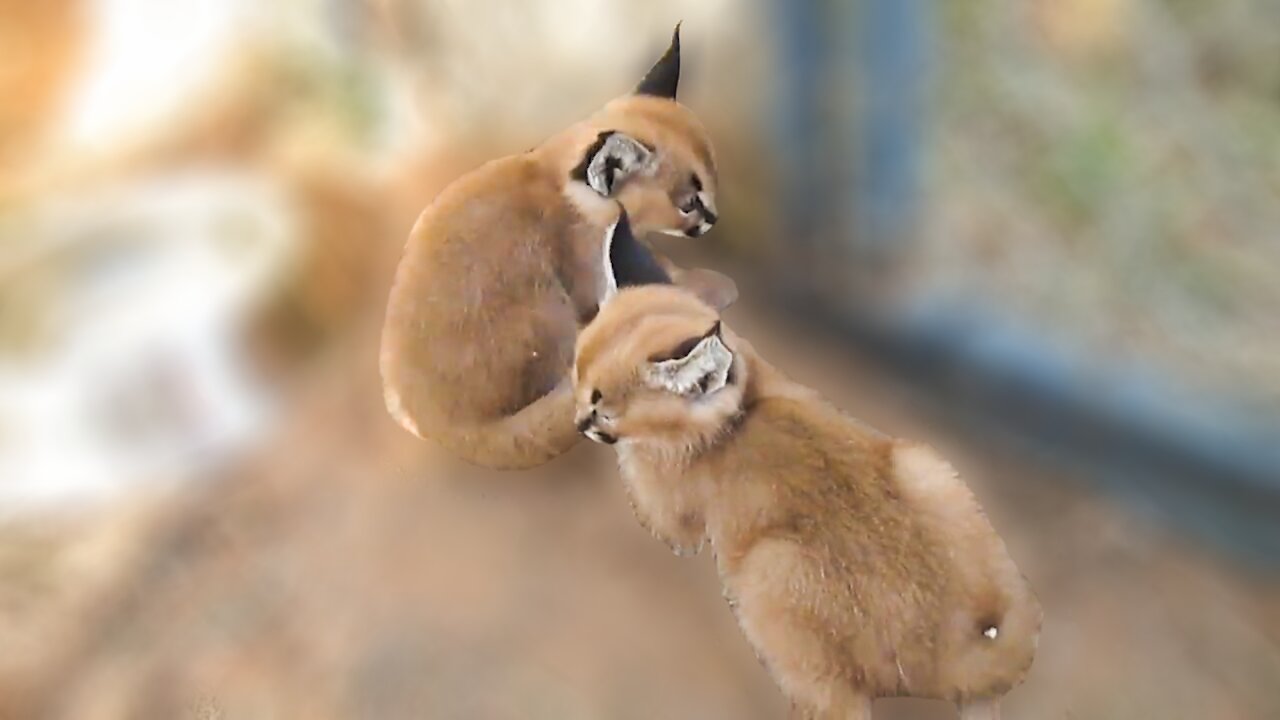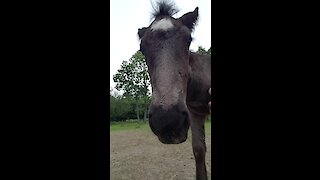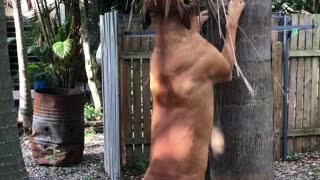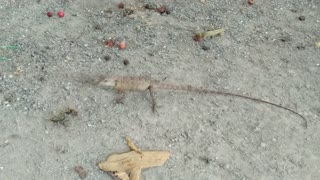Premium Only Content

Hanging out with baby caracals
These adorable baby caracals, unfortunately, didn't have the chance to grow up in the wild, but they received the best possible care at a wildlife sanctuary in Africa. Although these plush-toy-like cats look extremely cute and make you want to have one, caracals are wild animals and should not be kept as pets!
The caracal (Caracal caracal) shares its genus with the African Golden Cat (Caracal aurata), although it is also closely related to the Serval (Leptailurus serval). It is divided into three subspecies: the Southern Caracal (Caracal caracal caracal), the Northern Caracal (Caracal caracal nubicus), and the Asiatic Caracal (Caracal caracal schmitzi).
Also known as Desert Lynx because of its tufted ears, however, caracals are not spotted and blotched, as lynx are. The caracal is a slender, medium-sized cat with long and powerful legs, that allow it to leap higher than 3 m in the air to catch prey.
The species is widely distributed across Africa, Central Asia, and south-west Asia into India. In the African country, it is only absent from the equatorial forest belt and from much of the central Sahara, but having a continuous range to the west and east of the central Sahara, which links the ranges to the north and south.
Caracals prefer drier woodland and savanna regions with lower rainfall and some cover, although they can be found in various habitats, from semi-desert to relatively open savanna, scrubland, moist woodland and thicket or evergreen/montane forest. They are, however, absent from true desert, tending to be associated with some form of vegetative cover.
They usually feed on rodents and other small to medium-sized mammals, but also prey on birds, reptiles, fish, and even invertebrates.
Caracals had great importance in ancient Egypt, playing a religious role, and can be found in paintings and statues from that time.
-
 0:43
0:43
NataliaCara
2 years agoIt's dinner time for this rescued immature Southern Elephant Seal
3441 -
 4:35
4:35
KTNV
5 years agoHanging out with Aces' center Carolyn Swords
21 -
 1:20
1:20
FriesdaleFarms
5 years agoAdorable foals loves hanging out with caretaker
4.74K -
 0:08
0:08
FunnyPetVideos
5 years agoDog sleeping with its head hanging out of cage
34 -
 0:31
0:31
ViralHog
6 years ago $0.64 earnedJust Hanging Around with My Dog
1.31K -
 0:35
0:35
ViralHog
5 years ago $0.01 earnedHuntsman Spider Hanging Out
431 -
 0:05
0:05
rafikithedevonrex
5 years ago $0.03 earnedCat loves playing with baby
6211 -
 0:58
0:58
VTTChannel
5 years agoA baby salamander fights with a baby centipede
16 -
 0:58
0:58
WEWS
5 years agoK-9 hanging up his badge with the US Marshals
12 -
 2:07
2:07
amtoshka
5 years agoBaby having fun with packing material
18